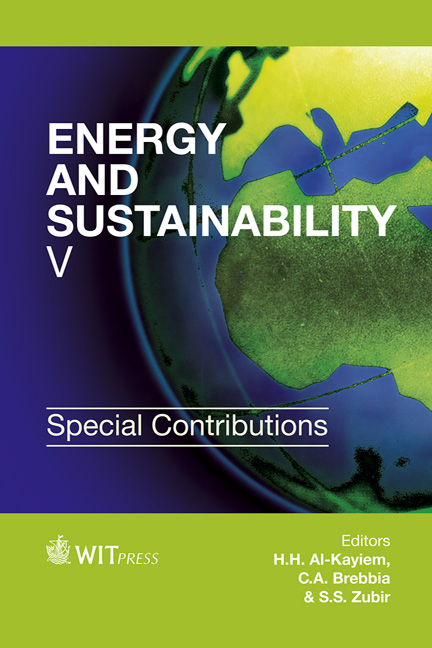Technical Assessment Of LED And Induction Street Lighting For A Power Utility In Malaysia
Price
Free (open access)
Transaction
Volume
206
Pages
7
Page Range
83 - 89
Published
2015
Size
568 kb
Paper DOI
10.2495/ESS140071
Copyright
WIT Press
Author(s)
N. D. R. Mohd Zin, K. Abdullah
Abstract
Various ‘green’ technologies in street lighting such as the light emitting diode (LED) and induction lighting have recently emerged as energy efficient, low maintenance alternatives to High Pressure Sodium Vapor (HPSV) street lighting. The Malaysian power utility, TNB, has recently carried a feasibility study to assess and evaluate the deployment of LED street light technology and induction street lighting as an alternative to the present conventional technologies of HPSV. In this study, the performance of several LED and induction street light technologies, in terms of energy saving, photometric performance, are evaluated and assessed. The study involves the installation of LED and induction street lights on site and the measurement of their photometric performance at the site. The LED and induction street lights are sourced from various manufacturers with different technologies. The study indicated that LED street lighting can provide between a 40 to 60% energy saving to the utility whereas induction street lights can provide a 20% energy saving. Most of the LED and induction street lights surveyed are also provided with a better Ingress Protection (IP) rating and color rendering index (CRI) compared to HPSV street lights.
Keywords
light emitting diode (LED), induction, street light, energy saving





